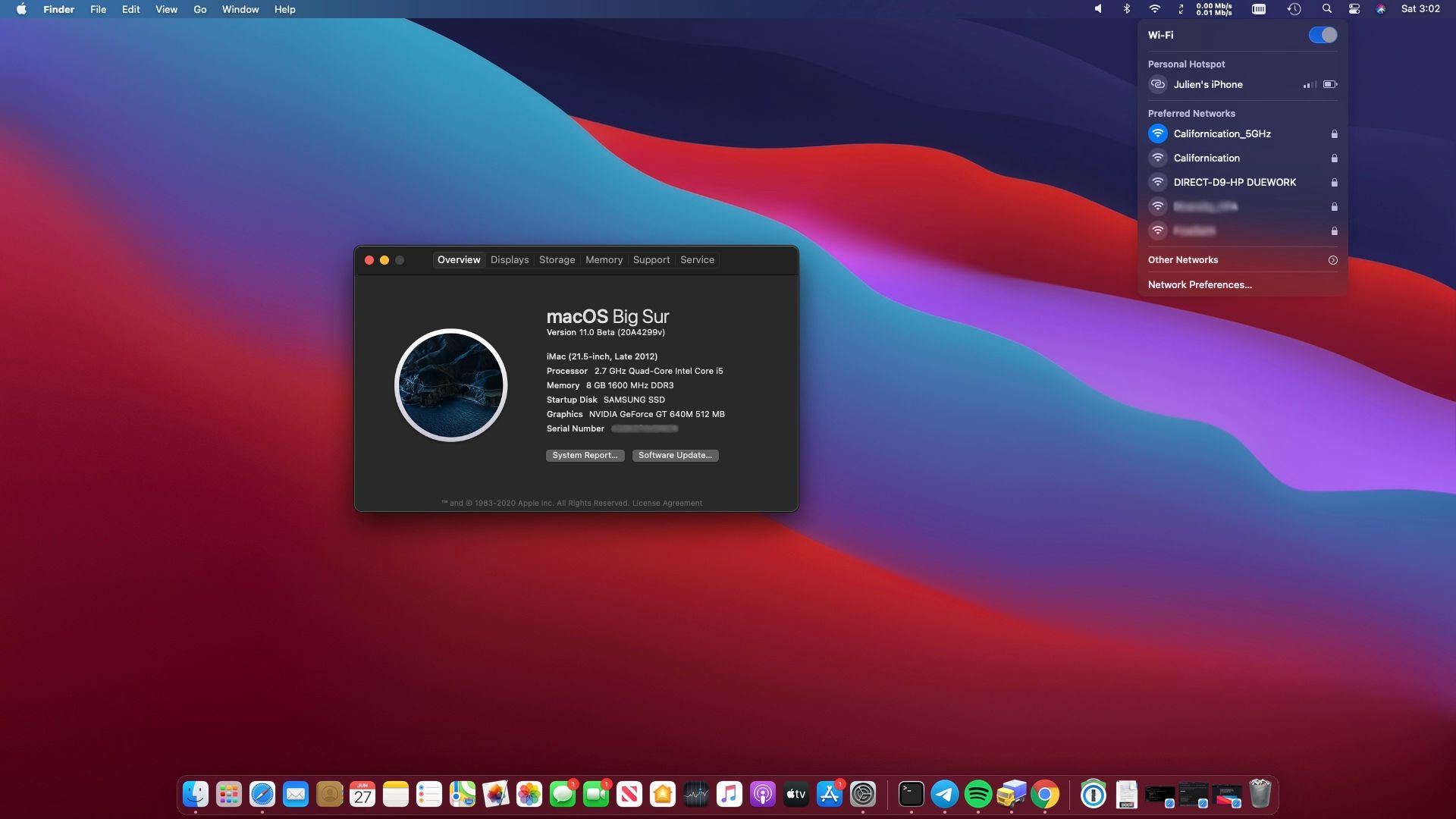Apple Ibook G4 Recovery Disk S Site
Start up from macOS Recovery
Apple Ibook G4 Recovery Disk S Sites
Determine whether you're using a Mac with Apple silicon, then follow the appropriate steps:
Apple silicon

If you're interested in joining the 'Pi Network' use my Invitation Code (onetrapent) Click my link to download the Pi network apphttps://minepi.com/onetrapen.
Turn on your Mac and continue to press and hold the power button until you see the startup options window. Click the gear icon labelled Options, then click Continue.
- To use any of these key combinations, press and hold the keys immediately after pressing the power button to turn on your Mac, or after your Mac begins to restart. Keep holding until the described behaviour occurs. Command (⌘)-R: Start up from the built-in macOS Recovery system. Or use Option-Command-R or Shift-Option-Command-R to start up.
- Make sure that your preferred startup disk is selected in Startup Disk preferences. If the question mark persists, follow these steps: Press and hold the power button on your Mac for up to 10 seconds, until your Mac turns off. Turn on your Mac and immediately press and hold Command (⌘) and R to start up from macOS Recovery.
Intel processor
Make sure your Mac is connected to the Internet. Then turn on your Mac and immediately press and hold Command (⌘)-R until you see an Apple logo or other image.
If you're asked to select a user you know the password for, select the user, click Next and enter their administrator password.
Reinstall macOS
Select Reinstall macOS from the utilities window in macOS Recovery, then click Continue and follow the onscreen instructions.
Follow these guidelines during installation:
- If the installer asks to unlock your disk, enter the password you use to log in to your Mac.
- If the installer can't see your disk or notifies you that it can't install macOS on your computer or volume, you may need to erase your disk first.
- If the installer offers you the choice between installing on Macintosh HD or Macintosh HD – Data, choose Macintosh HD.
- Allow installation to complete without putting your Mac to sleep or closing its lid. Your Mac may restart and show a progress bar several times, and the screen may be empty for minutes at a time.

When the installation is complete, your Mac may restart to a setup assistant. If you're selling, trading in or giving away your Mac, press Command-Q to quit the assistant without completing setup. Then click Shut Down. When the new owner starts up the Mac, they can use their own information to complete the setup process.
Apple Ibook G4 Recovery Disk S Site Free
Other macOS installation options

When you install macOS from Recovery, you get the current version of the most recently installed macOS, with some exceptions:
- On an Intel-based Mac: if you use Shift-Option-Command-R during startup, you'll be offered the macOS that came with your Mac, or the closest version that is still available. If you use Option-Command-R during startup, in most cases you'll be offered the latest macOS that is compatible with your Mac. Otherwise you'll be offered the macOS that came with your Mac, or the closest version that is still available.
- If the Mac logic board was just replaced, you may only be offered the latest macOS that is compatible with your Mac. If you've just erased your entire startup disk, you may only be offered the macOS that came with your Mac, or the closest version that is still available.
You can also use these methods to install macOS, if the macOS is compatible with your Mac:
- Use the App Store to download and install the latest macOS.
- Use the App Store or a web browser to download and install an earlier macOS.
- Use a USB flash drive or other secondary volume to create a bootable installer.
If the question mark appears only momentarily before your Mac starts up normally:
Apple Ibook G4 Recovery Disk S Site Download
- Reset NVRAM.
- Make sure that your preferred startup disk is selected in Startup Disk preferences.
If the question mark persists, follow these steps:
Apple Ibook G4 Recovery Disk S Site -
- Press and hold the power button on your Mac for up to 10 seconds, until your Mac turns off.
- Turn on your Mac and immediately press and hold Command (⌘) and R to start up from macOS Recovery.
- While in macOS Recovery, use Disk Utility to repair your startup disk.
- If Disk Utility found no errors or repaired all errors, reinstall macOS.
- If you still need help, please contact Apple Support.